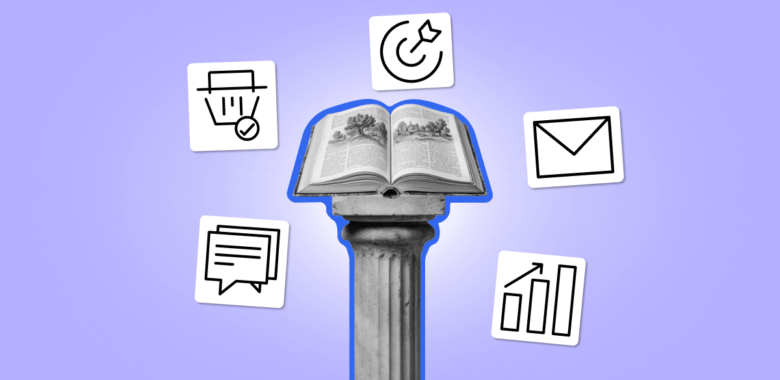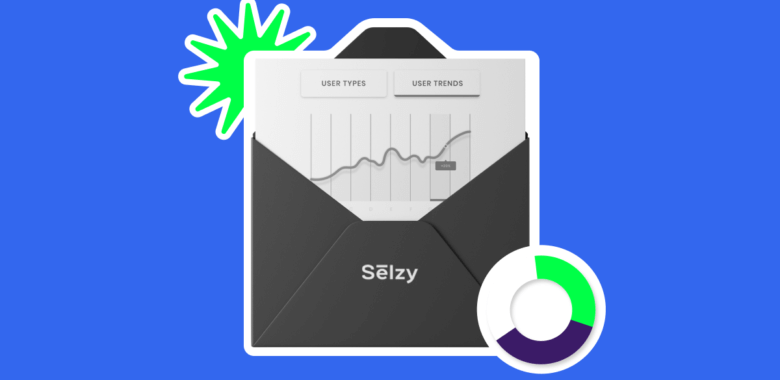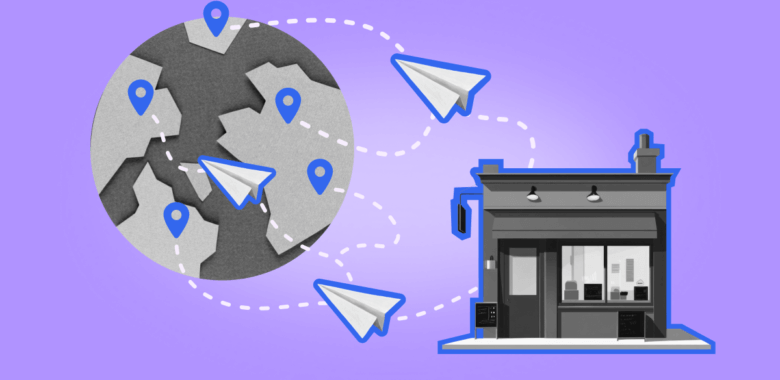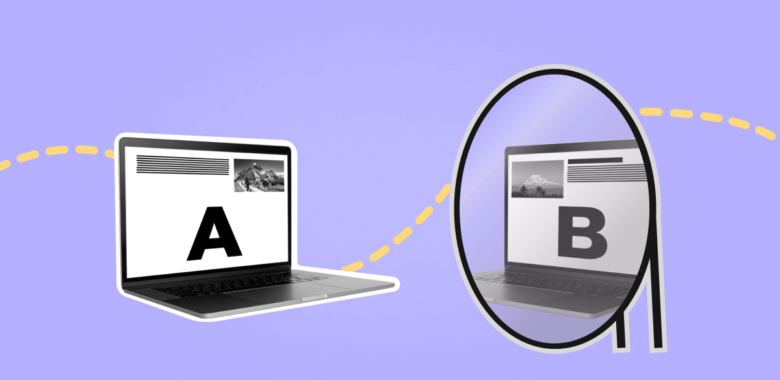7 reasons why email marketing is a must for a small business
Mainstream ads often reach people who have little to no interest in the product. Whereas emails deliver personalized and highly anticipated messages to their subscribers that boost engagement and conversion.
-
Cost-effective promotion
Investments are a pain point for every small brand, especially when they are just making their first small steps in the big world of business.
Forget blowing your budget on pricey ads. Email marketing gives you a megaphone for your message at a fraction of the cost.
-
Direct communication
Any business — big or small — values its clients, but for small businesses especially, every single prospect matters. Direct communication through email marketing improves sales by fostering personal connections and trust.
Good email marketing is very direct and personal, getting your message straight into your subscriber’s inbox. The subscriber has already shown interest in your product or service by doing so much as opting in.
-
Brand awareness
Email is becoming an even more powerful marketing tool, with people having separate messages for work, private communication, newsletters and deals, etc. No wonder, social media platforms ask for a valid email address to sign you up and send you notifications about likes and shares using this channel, which makes emails almost omnipresent, with no geographical or age distinction.
Starting with the very first welcome email and on, email marketing is about building strong relationships with a customer and nurturing continuous trust on their part. With email marketing, you can keep your brand top-of-mind with regular, valuable touchpoints to distinguish yourself among the ocean of other companies.
-
Self-reliance
You collect your email list yourself, and you are not tied to the decisions of other businesses like social media platforms (like those who are trying to expand their businesses using only social media channels). It means, the platform’s sudden collapse won’t take your list down, if anything.
-
Customer retention
With well-segmented lists and personalized emails, your recipients are more closely engaged with your brand. It means that they are more open to providing honest feedback about the product or service, which is a key point for future growth.
-
Valuable analytics
It is crucial for assessing your company’s performance and planning future campaigns. Key metrics can help you keep up with your target audience and improve your business strategy.
-
Traffic and sales
When you create emails based on scenarios, your subscribers receive only what they are interested in. This is important for turning potential buyers into real ones. This direct approach encourages your audience to take action — click on links, subscribe, make a purchase directly from the email. This increases the conversion rate, and therefore the income.












